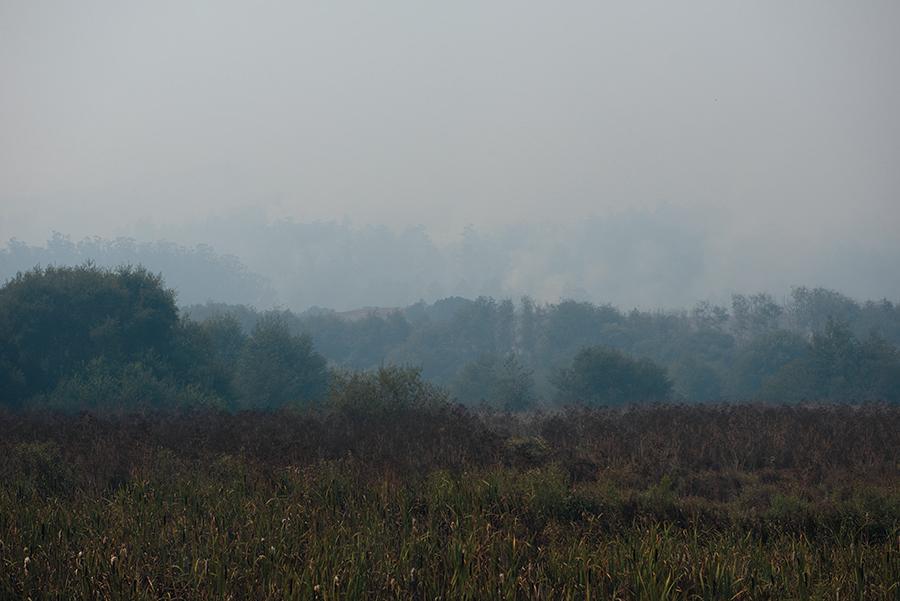Firefighters made significant progress on the Woodward Fire this week, but West Marin’s largest fire in 25 years continues to smolder in the . . .
Woodward Fire lays its smoke over West Marin


Firefighters made significant progress on the Woodward Fire this week, but West Marin’s largest fire in 25 years continues to smolder in the . . .